- Home
- Military & Defense
- How the world's largest military stacks up to the US armed forces
How the world's largest military stacks up to the US armed forces
Overview of China's military forces

Chinese theaters of command
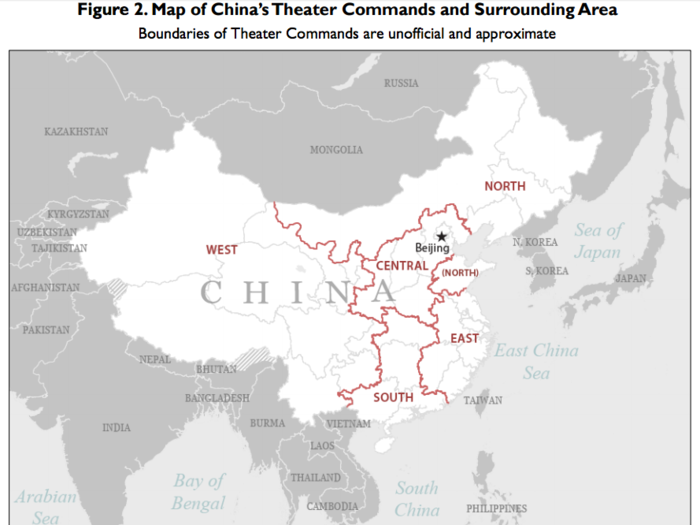
This graphic depicts China's recently formed theaters of command.
The US's theaters of command span the entire world, which means that resources are dedicated to certain geographic areas.
Though the US has larger and more modern forces, they would face huge difficulty in abandoning their posts worldwide to focus on China.
Source: Congressional Research Service
US theaters of command for comparison
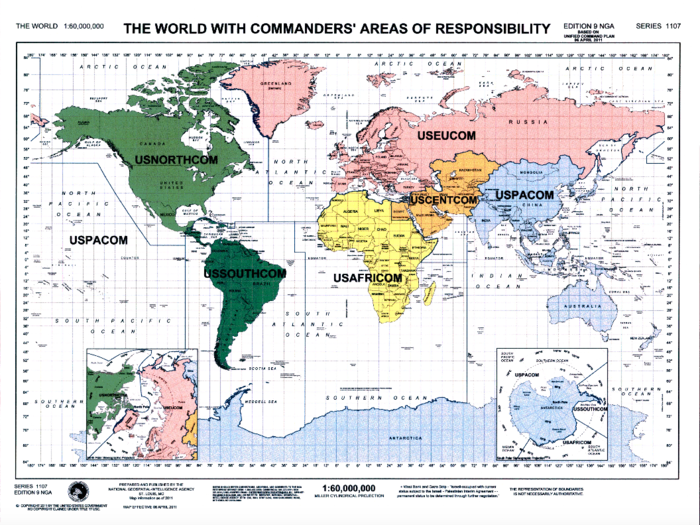
The US has only a fraction of its forces dedicated to a large region in the Pacific that includes China.
The US would have to abandon interests worldwide in order to focus on China, whereas China's entire military would focus on defending its borders and few interests in the Pacific.
Source: Congressional Research Service
Massive push towards modernization
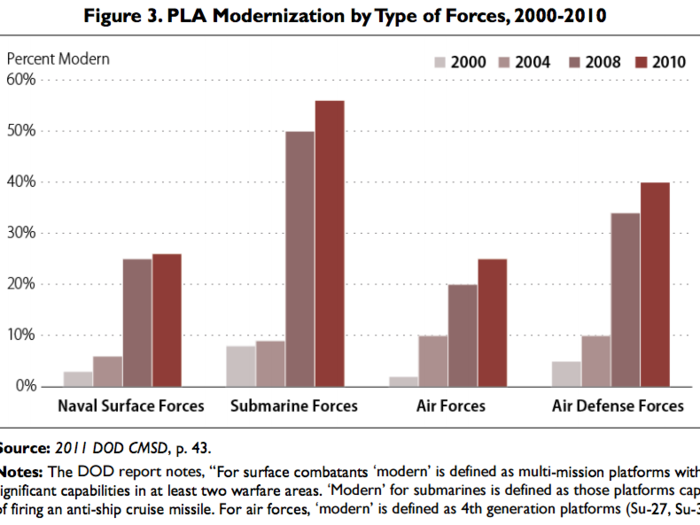
A combination of foreign acuqisiton and domestic innovation, possibly bolstered by cyber espionage, have led to a huge push in modernization for the Chinese PLA.
A recent anti-corruption push by Chinese President Xi Jinping has consolidated more power behind the leader, and further streamlined the country's acquisition and modernization efforts.
Source: Congressional Research Service
Quality over quantity

Though China is known for mass-produced goods, their focus of late has clearly been on quality over quantity.
By most metrics, the PLA has decreased, but as this graphic depicts, their potency has increased many times over.
China's Cold War-era legacy fighters that used to make up the majority of its forces have sharply declined, while fourth generation aircraft now make up almost half of the force.
Source: Congressional Research Service
China's military spending
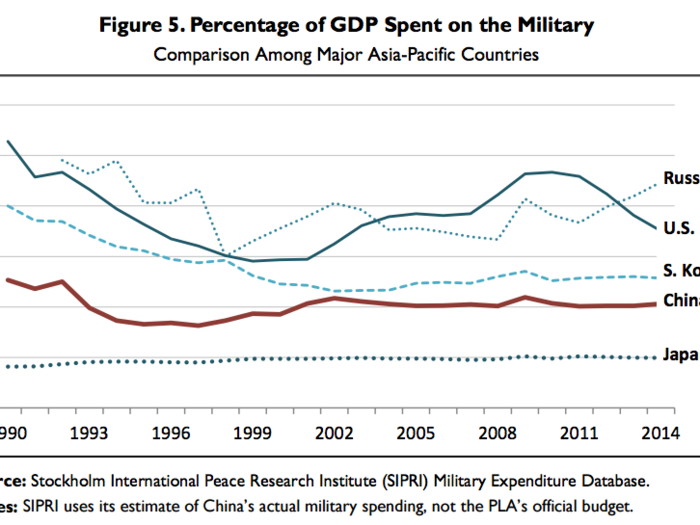
This chart shows China consistently spending around 2% of it's GDP on defense, but there are reasons to doubt this.
- There is no international standard of what constitutes "defense spending."
- China may want to downplay it's military expenses, and the numbers reported are not independently verified.
- It can be difficult to differentiate defense spending from other types of spending, and poor accounting practices ensure that not even China really knows the true figures.
Source: Congressional Research Service
China's navy

China's navy regularly makes headlines by expanding it's defensive perimeter outwards throughout artificial islands in the South China Sea. China is effectively boxed out of the deeper pacific by a string of islands and nations around its borders.
They have also made a point of modernizing the naval vessels, especially in the area of submarines and anti-ship cruise missiles.
China plans to increase it's submarine fleet from 62 to as many as 78 by 2020, according to the DoD. They are also undergoing efforts to build additional aircraft carriers, and currently using their current vessel, the Liaoning, to train on and design carrier-ready aircraft.
This testimony from an expert on China's navy before Congress in July of 2015 illustrates just how far the PLAN has come:
China is on course to deploy greater quantities of missiles with greater ranges than those systems that could be employed by the US Navy against them. China is on track to have quantitative parity or better in surface-to-air missiles (SAMs) and anti-ship cruise missiles (ASCMs), parity in missile launch cells, and quantitative inferiority only in multi-mission land-attack cruise missiles (LACMs).
Source: Congressional Research Service
China's air force
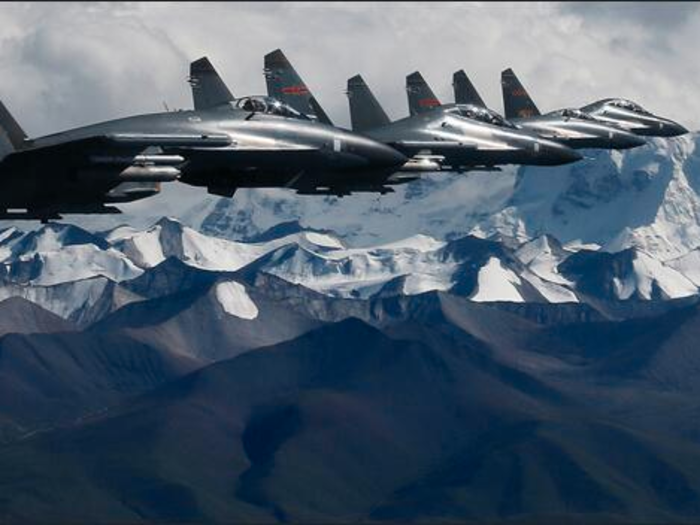
The DoD has reported that the PLA Air Force (PLAAF) is “rapidly closing the gap with western air forces across a broad spectrum of capabilities,” and that China “will endeavor to shift its focus from territorial air defense to both defense and offense.”
While there have been reports that the Chinese will overtake the US in air superiority by 2030, Air Force General Lori J. Robinson that the training and support for US pilots gives them an "unbelievably huge" advantage over the Chinese pilots.
However, China has been stepping up their training programs with increasingly realistic drills that are less scripted, and more improvisational.
Additionally, the Chinese are developing fifth generation aircraft, the J-20 and J-31, which are said to rival the US' coming F-35 Joint Strike Fighter.
Source: Congressional Research Service
China's ground forces
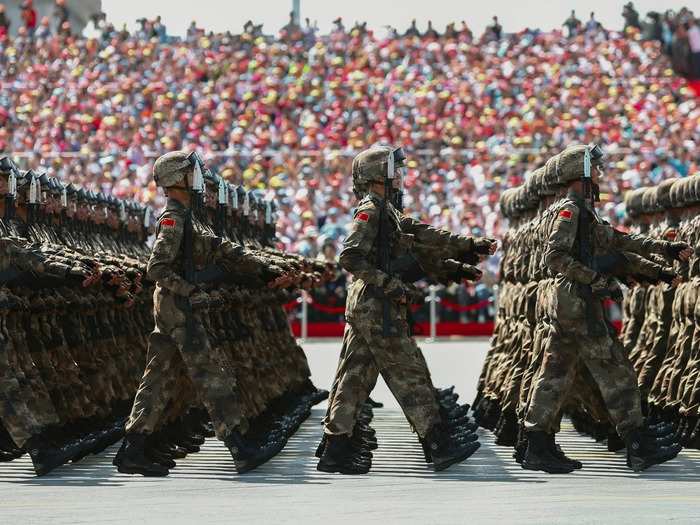
While China commands the largest ground force in the world, they are plagued by mobility problems.
China lacks sufficient transport helicopters, and still largely relies on trains for transportation across the mainland.
The ground forces mainly exist to deter and manage conflicts with China's borders, and their goal is to increase mechanization by 2020.
Source: Congressional Research Service
China's ballistic and nuclear missiles
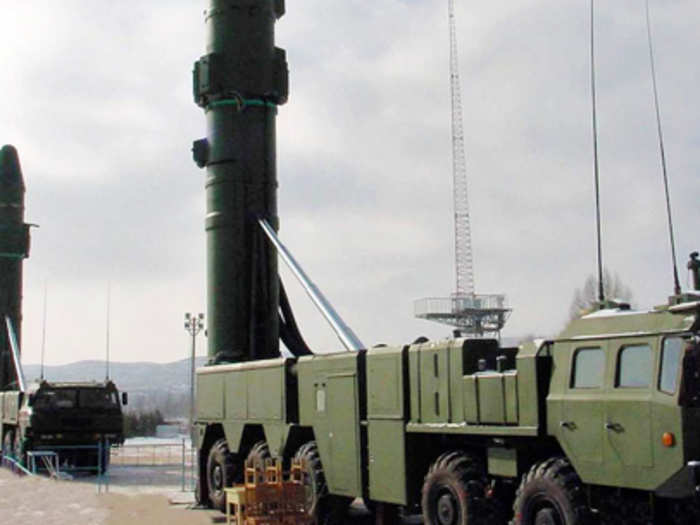
The DoD states that the PLA is “developing and testing several new classes and variants of offensive missiles, including hypersonic glide vehicles, forming additional missile units, upgrading older missile systems, and developing methods to counter ballistic missile defenses.”
Of all the technologies indigenously produced in China, the ballistic missiles are a relative bright spot. China has effective ICBMS, which can carry nuclear payloads, as well as conventional shorter range ballistic missiles.
The CRS report cites an expert as saying “[The PLA's Rocket Force] is central to the PLA’s emerging capacity to not only complicate US power projection and freedom of operations in the Asia-Pacific region but also challenge regional powers’ attempts to deny the PLA air superiority and command of the seas.”
Additionally, China may seek to buy Russia's advanced S-400 missile defense system, which would bolster it's already substantial missile defenses.
Source: Congressional Research Service
Counter-space capabilities

China has tremendous space assets, including 70 military satellites used for communications, navigation, positioning and timing, meteorology, and electronic and signals intelligence.
Additionally, China sees the US' reliance on GPS technology and space assets as a weakness, and has developed anti-satellite capabilities such as directed-energy weapons, satellite jammers, and anti-satellite missiles.
Source: Congressional Research Service
Cyber capabilities
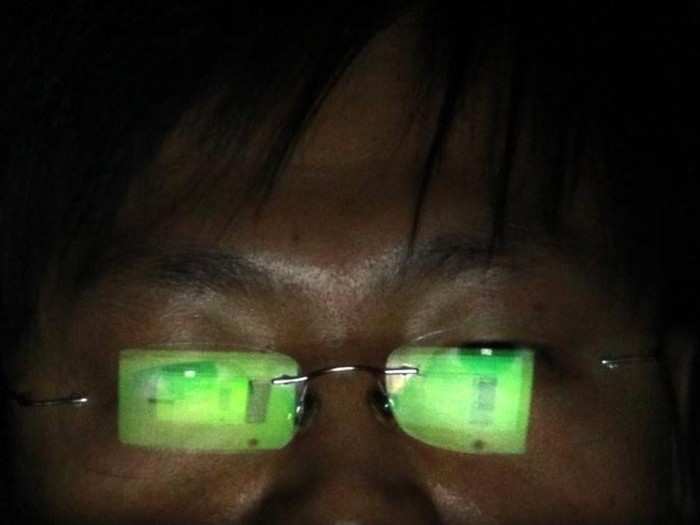
There is some disagreement among experts on China's cyber warfare capabilities, but the following is known:
China has three types of cyber forces: (1) specialized military network warfare forces in the PLA, (2) PLA-authorized teams of network warfare specialists in government organizations, and (3) non-governmental forces that may be mobilized for network warfare operations.
Potentially, China could access foreign networks and even deny foreign nations access to their own networks.
There have been numerous and credible reports that China has used cyber espionage to steal military secrets from the US.
Source: Congressional Research Service
China's weaknesses
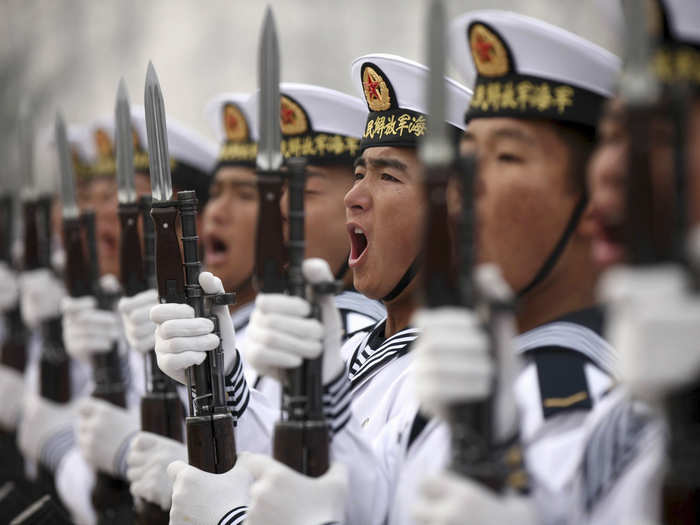
By their own admission, China has deficiencies in in training, cooperation between services, administration, human capital, force development, and logistics.
Under the rule of the Communist party, the Chinese military has long had to avoid honest self-assessment and focus instead on presenting only positives to the country at large, while the force grows less and less experienced in real combat.
According to the report: "Chinese military analysts assess that it is not yet capable of carrying out complex operations overseas or fighting and winning a 'local war under informationized conditions,' their term for the type of conflict that they perceive China is most likely to face."
Source: Congressional Research Service
China's military goals
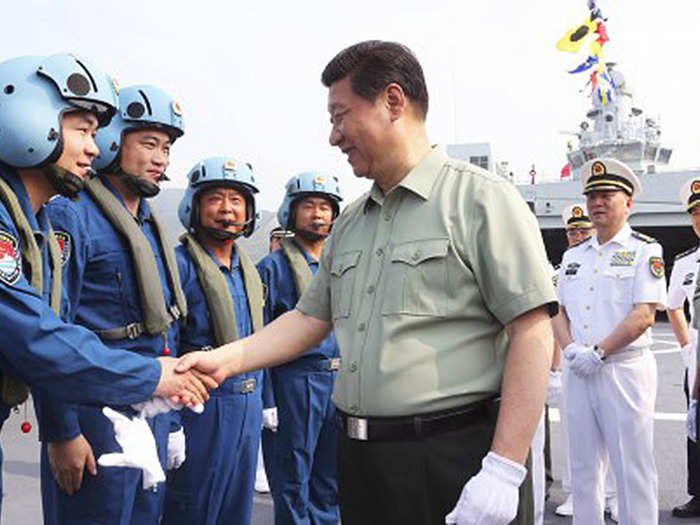
The CRS report warns against "mirror imaging" or "tacitly and perhaps unconsciously assuming that one’s values and belief sets are shared by the other party—can lead to less accurate assessments of the other party’s intentions," when analyzing Chinese military aspects.
Simply put, just because the China is pushing a massive, modern military, doesn't mean they'd wield it in the same way the US would.
The most striking difference between US and Chinese military doctrine would be the Chinese concept of "active defense."
According to the report:
PLA strategists place a high priority on seizing the initiative in a conflict. Some observers believe that the PLA would pair this predilection with its assessment that the cyber and space domains are the "high ground" of contemporary warfare and thus choose to strike its adversary’s information networks
According to one American scholar, China believes that a "preemptive first strike is preferable, as it sets the stage for the remainder of the conflict and puts the aggressor in a distinct position of advantage."
China's use of cyber warfare against the US is a prime example of this philosophy. They have already engaged the US with non-kinetic warfare through the theft of military secrets and hacking into the Office of Personnel Management.
The report concludes that the Chinese, in addition to traditional warfare, would confront an enemy with media and propaganda, legal actions, and psychological warfare.
Already we have seen China employ their media apparatus against the US in denouncing their freedom to navigation exercises in the South China Sea, as well a legal actions against other nations in the pacific that claim the islands China is currently developing.
Source: Congressional Research Service
Conclusion

China has done a magnificent job of leveraging every possible source of national power, from domestic propaganda, to currency manipulation, to cyber espionage, to military reform.
The threats posed by China to the US are real and credible, but only in their specific region. Whether China is reaching for regional hegemony or simply trying to rise as a power in their own right is a subject of academic debate, but as a technological nemesis, the US has much it can learn from China.
For now, the US maintains a slight edge in kinetic warfare capabilities, while China has had unprecedented success with cyber warfare and innovating in anti-space capabilities.
Citizens of the US enjoy more personal freedoms and transparency in governance, but as threats from more authoritarian states like Russia and China arise, the need for a focused, reformed US foreign policy which can contest the wills of other nations through media, technology, and yes, kinetic means, is clearer than ever.
Popular Right Now
Popular Keywords
Advertisement